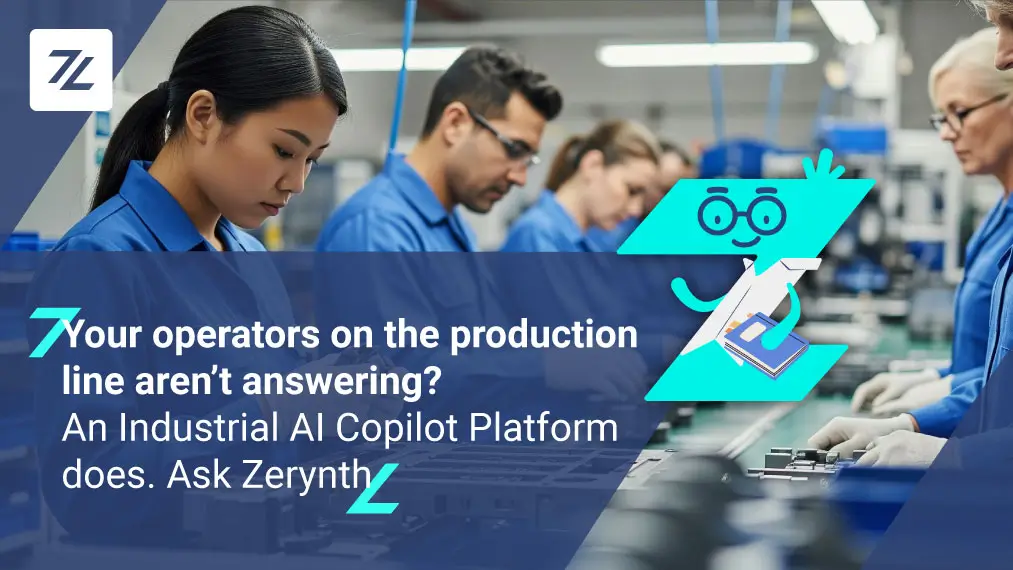In today’s industrial landscape optimizing production processes is a key challenge for most companies, and machine producers are no exception.
But they are facing some unique challenges – from designing efficient production lines to ensuring meticulous adherence to precise machine specifications.
Let’s take a look at how they can overcome them.
How IoT is helping to optimize their production processes
IoT and AI are transforming the manufacturing industry as we speak. From small-scale workshops to large industrial facilities, companies are adopting IoT solutions to unlock a wide range of benefits, including:
- Real-time monitoring
- Predictive maintenance
- Order tracking
- Asset tracking
- Power consumption monitoring, and more
The age of the machines is no longer an issue, as retrofitting allows us to digitize and monitor old machinery within a matter of hours.
So, it’s clear that machine producers are actively embracing this trend.
How to transform the entire ecosystem without much disruption?
The challenge machine builders are facing is the need to update and digitize their whole ecosystem, rather than just a specific section.
And let’s not forget that manufacturing ecosystems for machine production are vast and intricate. They involve a wide range of interconnected components, suppliers, and processes that collectively contribute to the development of complex machinery.
So how can these systems be digitized and connected seamlessly, minimizing disruption?
First and foremost, it is crucial to consider the costs involved. Halting production for any period of time can result in enormous financial losses.
Furthermore, the backlog of orders, which has reached unprecedented levels in the aftermath of the pandemic, should not be overlooked.
Prioritizing both digitalization and operational continuity
To transform the entire ecosystem without much disruption, machine builders need to adopt a strategic approach that prioritizes both digitization and operational continuity.
This entails identifying:
- The areas of production with the greatest need for digitalization
- Opportunities for significant cost reductions
- Sections where operational efficiency can have the biggest impact
The best way to begin is to have a phased approach, where digitalization is introduced gradually and strategically. This way production can continue without much disruption.
Start with retrofitting
For example, a recommended approach is to start with a retrofitting plan. Most production facilities today house machinery that is 10 to 20 years old. Investing in new machinery would be a complete waste of resources considering the viability to easily retrofit the existing equipment.
Some of the common problems with older equipment is that they have poor power consumption performance, limited production, and operating information, and usually involve manual labor, either for the operation or for the maintenance.
So, it’s important to analyze your system. Here are some key questions to consider:
- Is there a PLC available on the machines that can output the data?
- What kind of communication protocols does the equipment use?
- Is the mapping of the PLC internal variables known or deducible?
With a good retrofitting plan you can collect real-time data on production processes, identify inefficiencies, and improve overall performance.
What kinds of KPIs can be measured
Cycle Time
Cycle time refers to the total time taken to complete a whole production cycle. Monitoring cycle time helps identify bottlenecks, optimize workflow, and improve productivity.
Overall Equipment Effectiveness (OEE)
OEE is a key metric that measures how well equipment is being used, how efficiently it performs, and the output quality. It considers factors like how often the equipment is available for use, how efficiently it operates, and the rate at which it produces good-quality products. Essentially, OEE helps evaluate how effectively the equipment is being used in terms of availability, performance, and quality.
Downtime
Downtime measures the amount of time that production is halted due to unplanned equipment breakdowns, maintenance, or other issues. Minimizing downtime is crucial for maximizing production capacity.
Lead Time
Lead time measures the time it takes to fulfill an order from its receipt to its delivery. It is an essential KPI for evaluating customer satisfaction and meeting delivery commitments.
Energy Consumption
Monitoring energy consumption during machine production helps identify areas for energy optimization, cost reduction, and sustainability improvements.
Future trends
What lies ahead for machine builders in the future?
Two emerging trends stand out: the integration of artificial intelligence (AI) and the rise of edge devices.
AI-powered technologies have already begun revolutionizing the industry, with machine learning algorithms analyzing vast amounts of data to unlock valuable insights.
With the power to bring computing capabilities to the forefront, edge devices offer the potential for immediate response to production issues, minimized latency, and enhanced overall productivity.
Share This Story, Choose Your Platform!
Follow Zerynth on
Latest Posts





